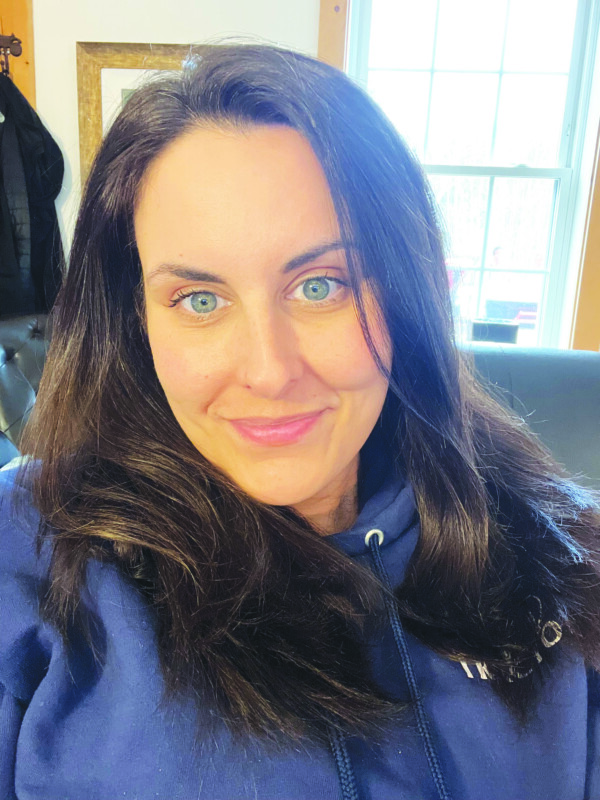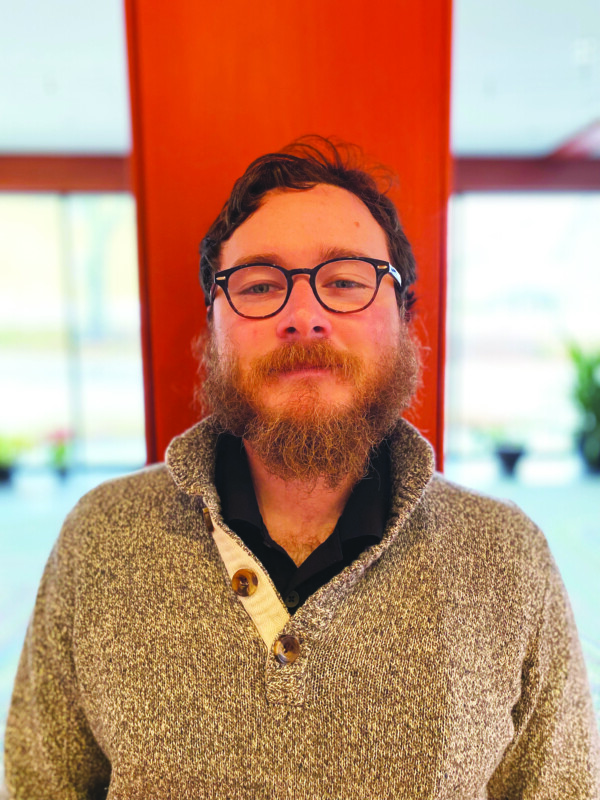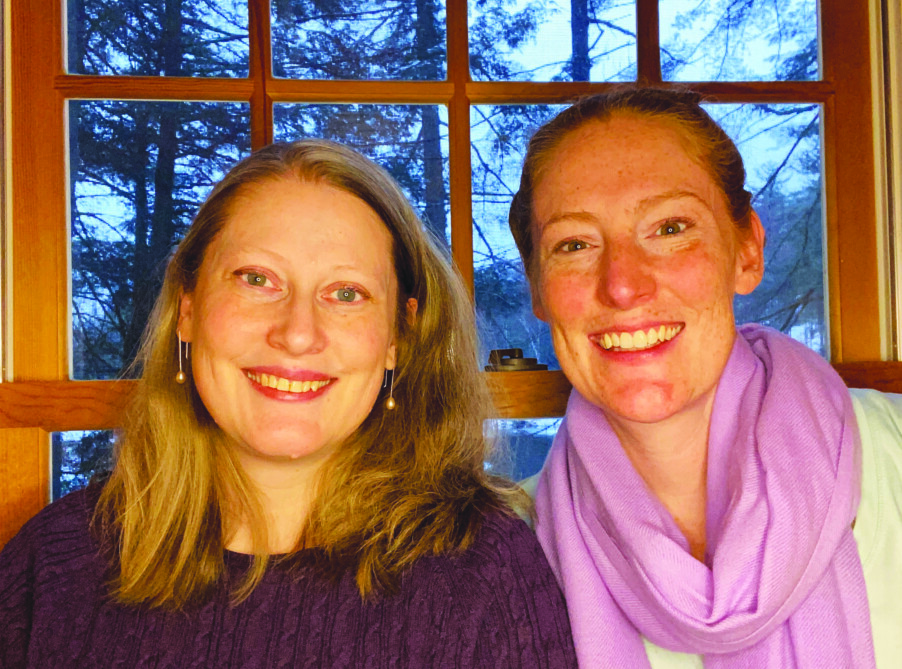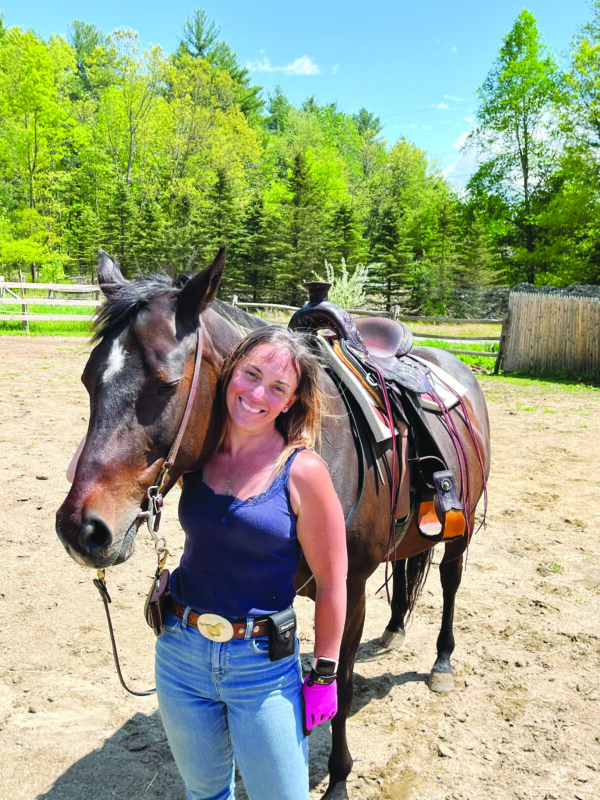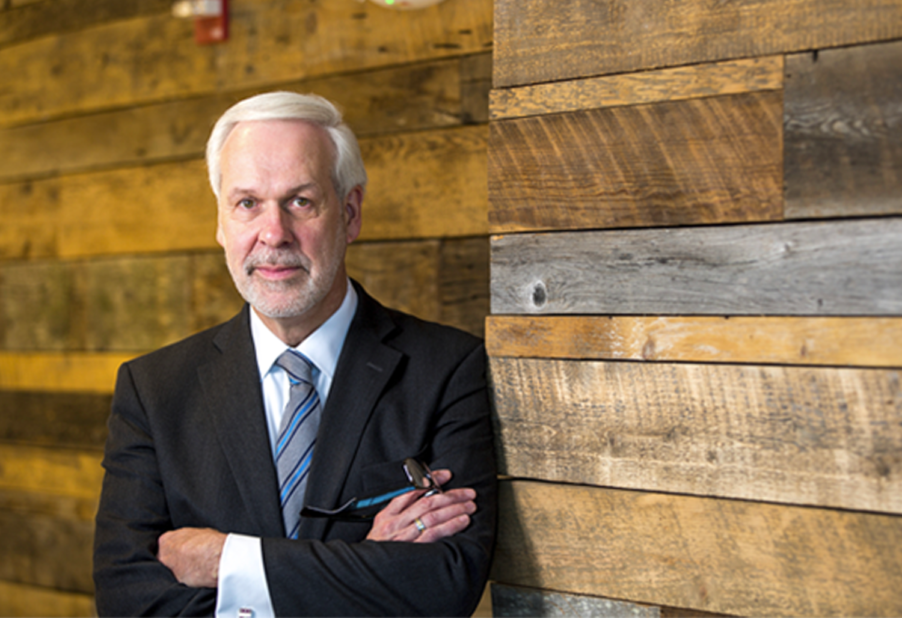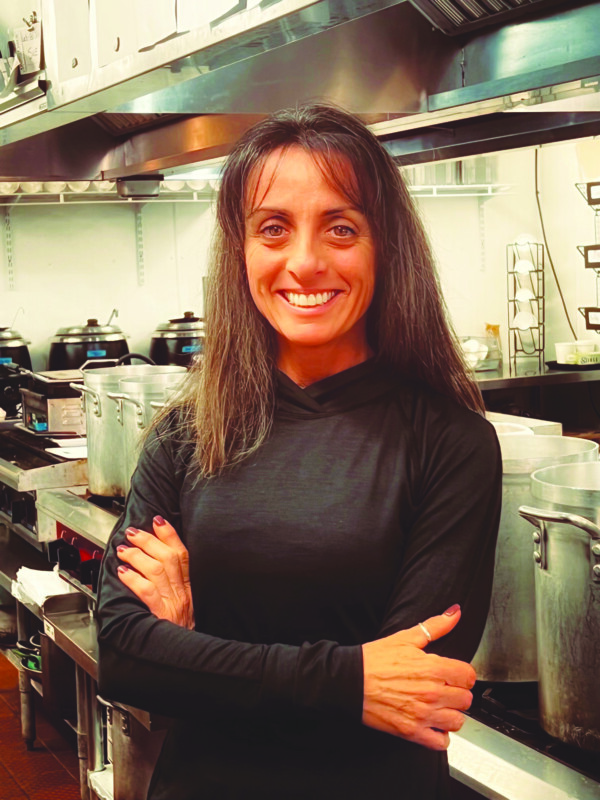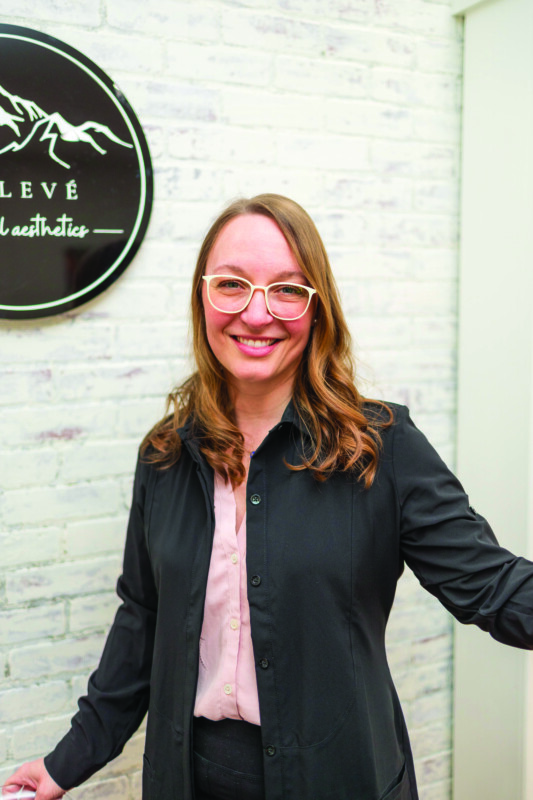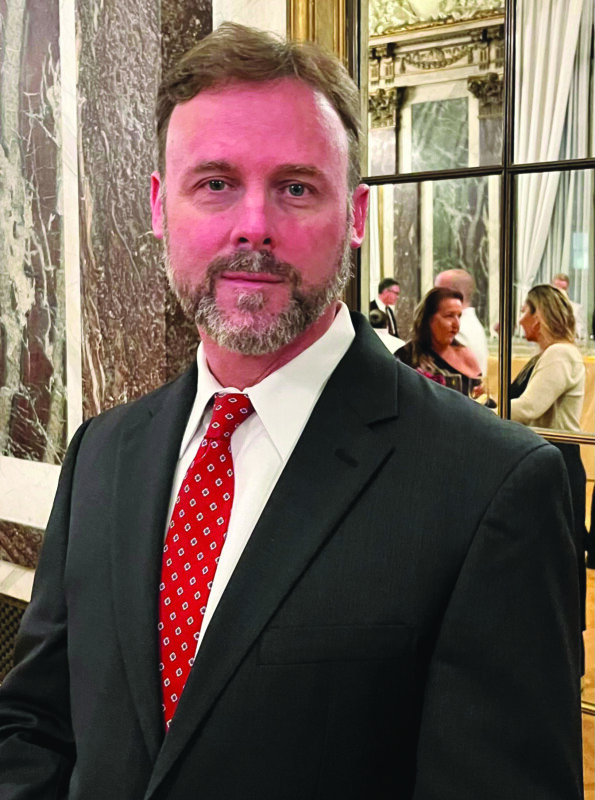Granite VNA gets a new director of hospice
Meet Kristin Jordan, Granite VNA’s new director of hospice.
What is your background in health care, and what led you to this position?
I’ve been with Granite VNA for a couple months now. I have a background in home health and hospice, and I’ve done both inpatient and outpatient oncology services, here in New England and down in Nashville, Tennessee, for several years. … The beauty of nursing is that there’s certain specialties that speak to different personalities and passions and interests. I really felt a pull toward home health and hospice. … What I loved about this opportunity [at Granite VNA] is that it allows me to focus purely on the hospice program. It’s been a tremendous opportunity to get into what speaks to the empath and nurturer in me.
What do Granite VNA’s hospice services look like?
It’s really focused on creating a personalized plan of care. That includes symptom management so they’re comfortable, through medication or otherwise. It includes spiritual care … which can mean so many different things to different people. We have a nondenominational team of spiritual care individuals who offer their services. We have medical social work. We have volunteers; if someone has a caregiver who works a lot, we have volunteers who offer to go sit with them or read to them. Sometimes, depending on what the needs are, it might involve physical therapy or occupational therapy to help patients still be able to maneuver and do activities of daily living if they’re still able to. We have pet therapy and music therapy, and we’re talking about potentially adding an art therapy program, as well. Finally, we have a bereavement team that will follow up with families to whatever extent the families are interested in after the time of the passing. We don’t just say, ‘Sorry for your loss,’ and move on; we really keep our arms wrapped around those families for as long as they need that added support as they go through their grieving process.
What does your job as director of hospice entail?
My main purpose is lending guidance and support to the team. Every patient’s needs are so unique, so I help the interdisciplinary team navigate that. I’m also making sure I’m checking in regularly with my staff, because health care is a challenging, demanding field, and hospice is, in my mind, that, but far more elevated. It’s really important that my staff take the time to do self-care so that they can give all of themselves to the work that they do every day. In addition to that, it’s very important that I’m working with my fellow leaders in our various community catchment areas to really educate them on the breadth of hospice benefit. Hospice, in general, is still, unfortunately, stigmatized, and far too often, people don’t realize what services we can offer until it’s too late, and I see that as a missed opportunity.
What are some of the biggest challenges you face in your position?
The workforce shortage coupled with the ever-aging population is really challenging in our particular industry, because there’s more and more need and fewer people to do the hard work. We have to get more creative. We really have to enhance and embrace that true interdisciplinary group approach to caring for someone. It’s not just the nurse; it’s the social worker, the spiritual care, the volunteers, and the list goes on.
What do you hope to accomplish moving forward?
I simply want to see just a greater integration into the communities that we serve and build up the staff as much as we possibly can to have a have a stronger presence in the community in various forms, whether it’s having patients on our service or offering in-servicing at seniors centers or being at different community events where we can educate about what we have to offer.
What do you find most rewarding about this work?
What I find most rewarding is also what made me interested in pursuing it to begin with: being trusted to be part of what is probably a devastating and life-altering personal chapter in someone’s life — to face losing someone they love — and to be part of a team that can wrap their arms around such a tragic moment; to allow someone to die with the dignity and the respect that they deserve; and the prospect of having that family look back on what’s happened and be able to see the beauty in that nightmare. There’s no greater honor in what we do for work.
Featured photo: Kristin Jordan. Courtesy photo.



